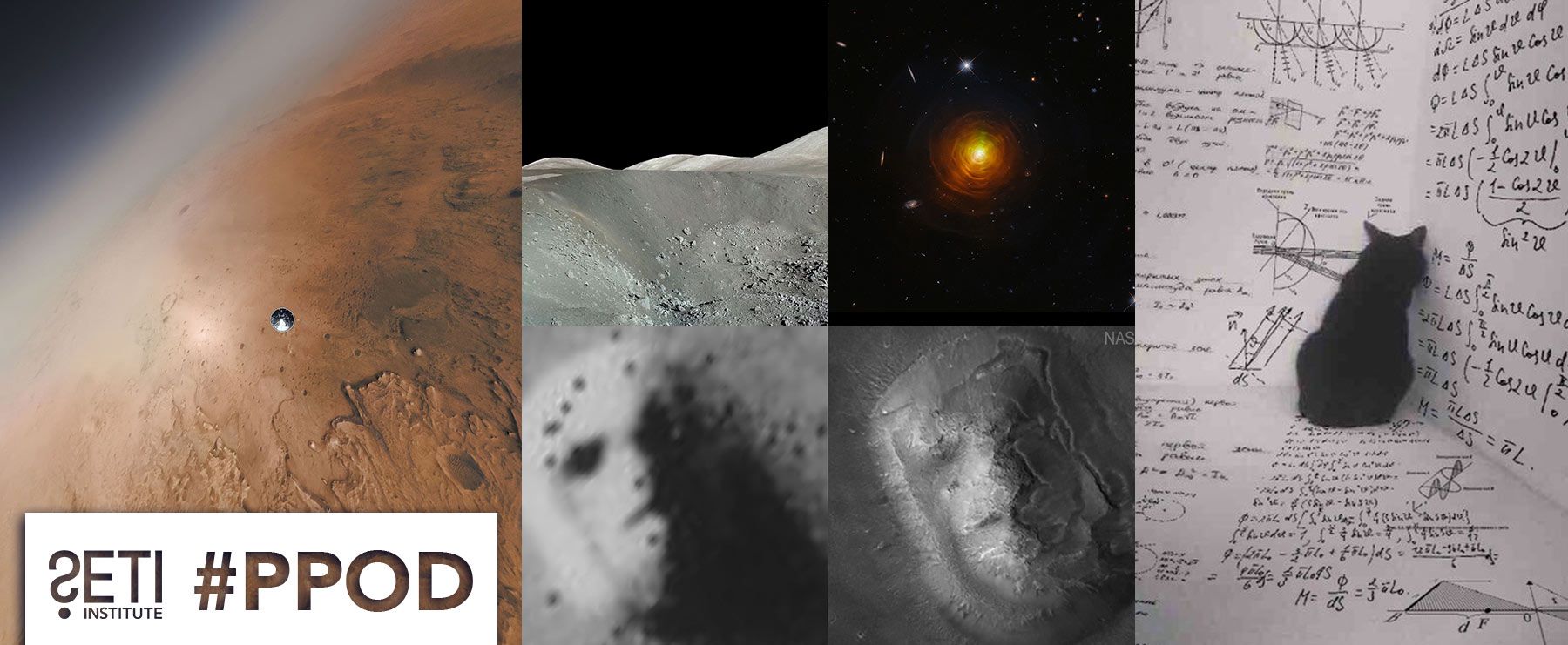
Planetary Picture of the Day
Week of May 15, 2023
Pareidolia and Mars, feline revenge, and the Moon in 4K.
Monday, May 15, 2023

CW Leonis
CW Leonis glowers from deep within a thick shroud of dust in this image from the NASA/ESA Hubble Space Telescope. Lying roughly 400 light-years from Earth in the constellation Leo, CW Leonis is a carbon star — a luminous type of red giant star with a carbon-rich atmosphere. The dense clouds of sooty gas and dust engulfing this dying star were created as the outer layers of CW Leonis itself were thrown out into the void.
Tuesday, May 16, 2023

Face on Mars
Our ability to characterize nature relies on our capacity to question it, which depends in part on the technology available at any given period of time. This ability also relies on the human mind, and the human mind can be creative sometimes.
Pareidolia is a powerful tendency for the human mind to perceive a specific, often meaningful image in a random or ambiguous visual pattern, and is a survival tool that our species developed over millions of years to protect itself from predation. While we are doing better on the predator/prey front, our mind has kept this ability, and one of the best examples of the fallouts of our evolutionary process is to see shapes in the clouds... and faces on Mars.
The image sent back by the Viking orbiter (left) in 1976 was that of an eroded butte, but it took 25 years and a much better resolution with Mars Global Surveyor (right, 2001) to convince (most) everybody that this is nothing more than erosional processes, in the same way as we see them give rocks, landforms, and formations weird shapes here on Earth.
Wednesday, May 17, 2023

Revenge?
Revenge is a dish best served cold, and it looks like it took about 80 years for Schrödinger's cat to learn enough science to plot their revenge. Next up... escape the box!
Thursday, May 18, 2023

Perseverance Landing
On Feb. 18, 2021, this is what Mars looked like from the perspective of the Perseverance rover at roughly 10 km above the surface. The image is a mosaic assembled from 10 images taken by the Lander Vision System Camera, which was used to optically track the position of the rover and guide it to a safe landing site. The silver circle is the heat shield, falling to the ground after being jettisoned, having completed its task to protect Perseverance as the rover descended through the Martian atmosphere.
Friday, May 19, 2023

Surface of the Moon in 4K
This picture is a color panorama taken on 12 December 1972 by astronaut Gene Cernan at Shorty Crater. Harrison "Jack" Schmitt — the only geologist to visit the Moon so far — is at the lunar rover vehicle.





